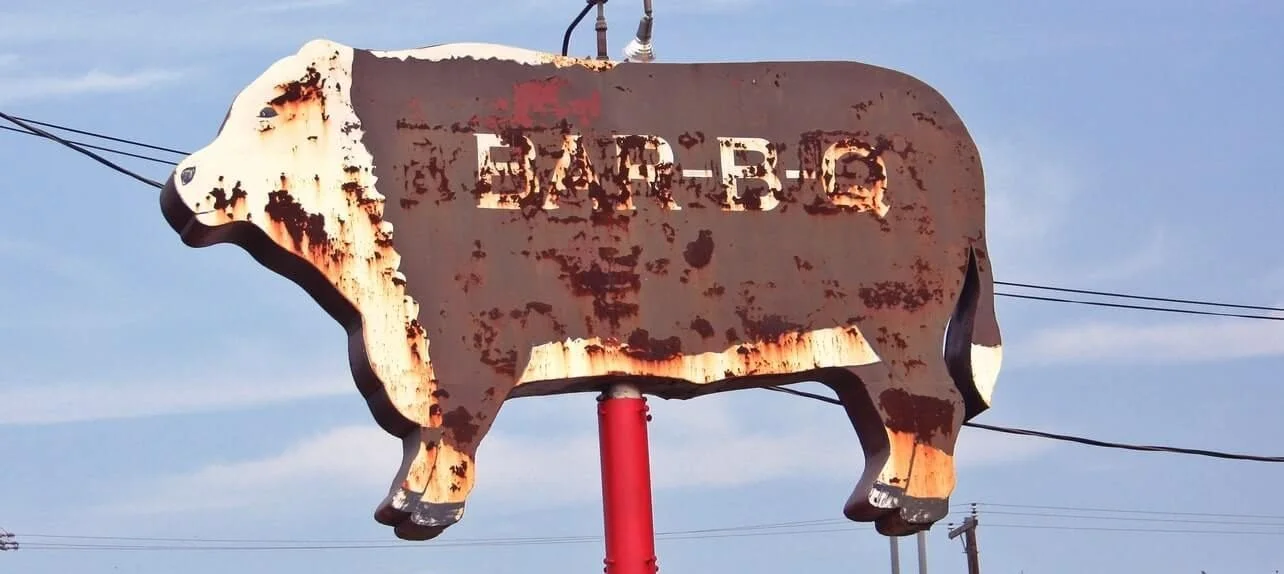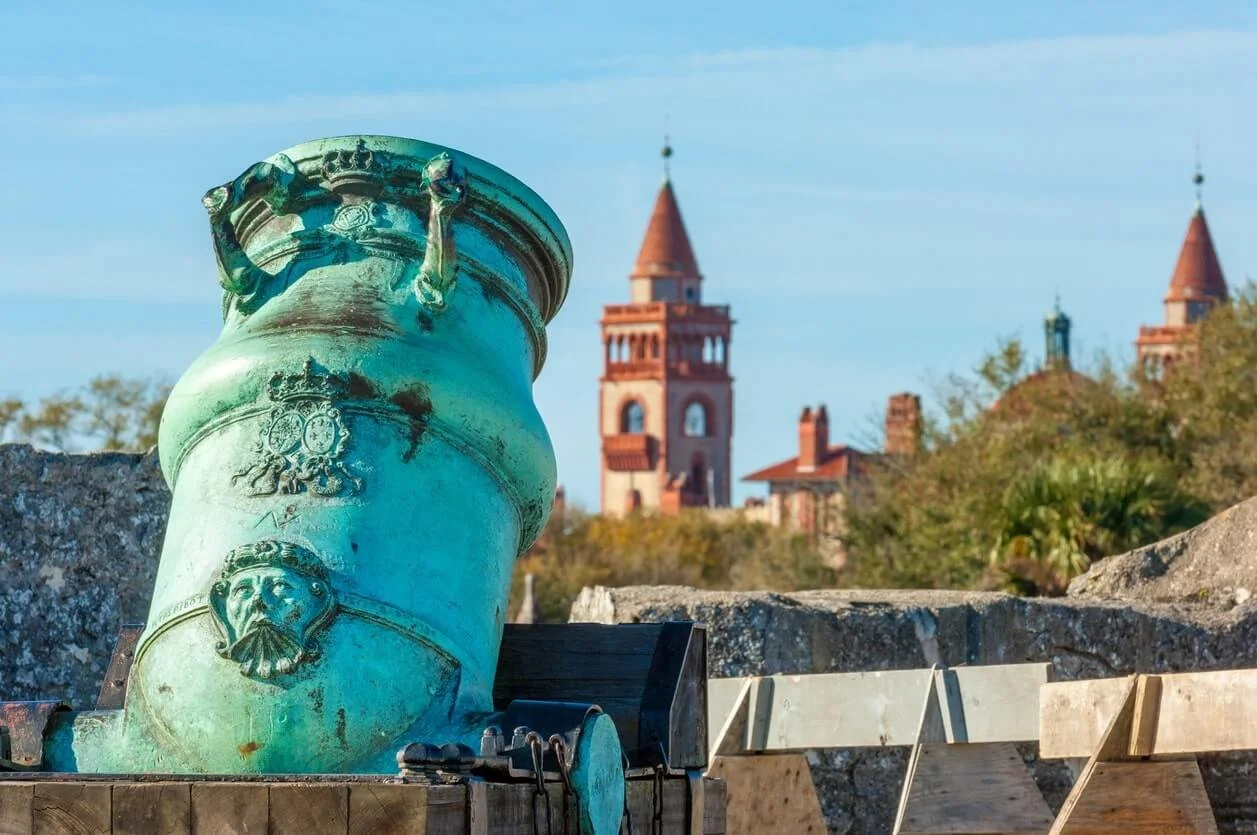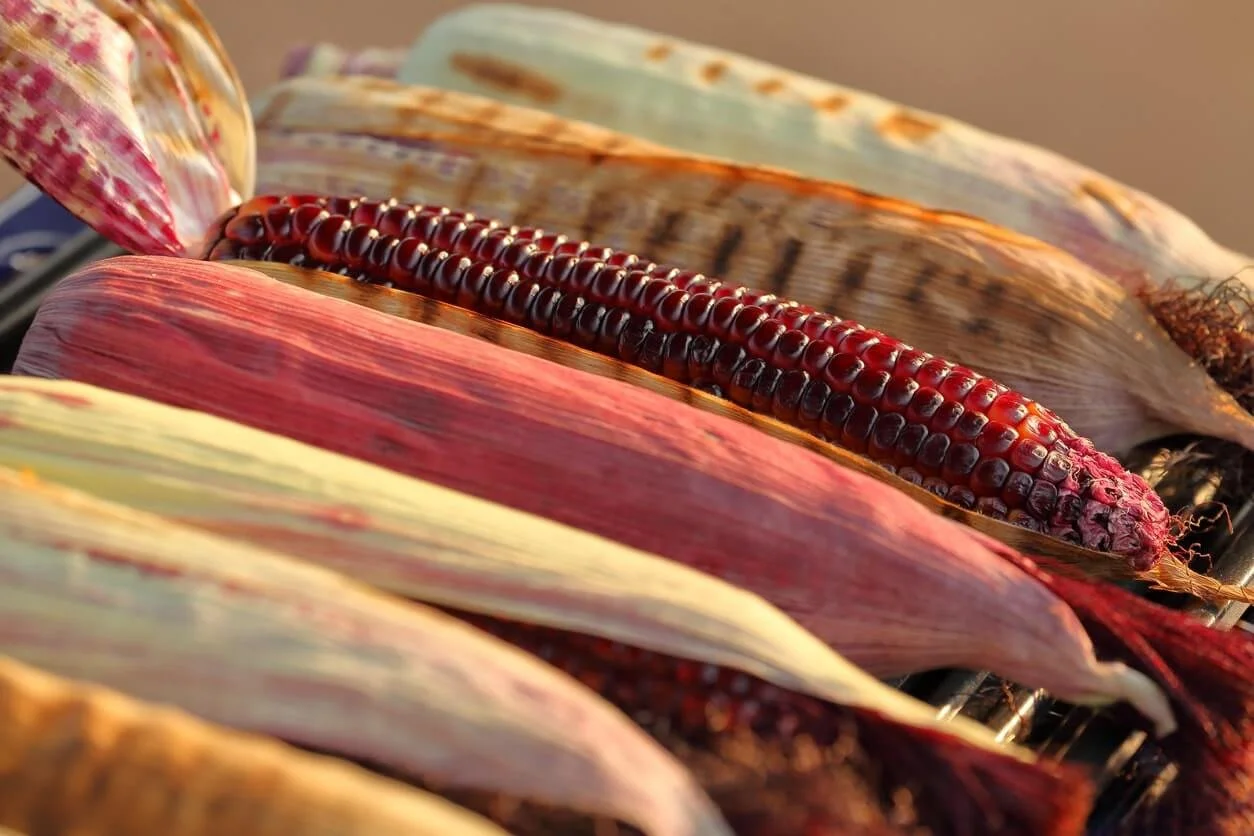Origins & History of Southern Food and Cuisine
Discover > Truly Texan > Origins & History of Southern Food and Cuisine
The cuisine of the Southern United States is perhaps the most recognizable throughout the entire US; and while there’s plenty of reasons for that, it often gets a bad rap for being abnormally fatty and calorie-dense. Realistically, there’s a good reason for this too.
Southern cuisine is built on the culture and tradition of many ethnicities, and nationalities, furthered by new traditions and carefully studied techniques, rather than formal culinary training and recipes. The few old and traditional southern cookbooks that exist are rare gems and often hold a deep sentiment to the owner and their family.
What is Southern Food?
Southern foods consist of a unique blend of ingredients and techniques that has been passed down from generation to generation. It's a way of life that's steeped in history, culture, and pride.
Traditional southern food can be hard to define, but there are a few characteristics that are consistent across all southern dishes. Fried chicken and hot sauce (how long does hot sauce last?), sweet tea, barbecue—these are things that conjure up images of the American south. But what do these foods have in common?
Lots of flavor
Traditional Southern food recipes typically call for a lot of sugar, salt, and fat. This is because they’re designed to feed large groups of people with limited resources. For example, country ham is boiled in a pot with lots of other ingredients so that it can be served as a side dish to many different types of meat or vegetables.
Locally-source fresh greens
Despite the love for frying foods, Southern-style cuisine is actually also known for its heavy emphasis on fresh vegetables—particularly green ones like collard greens (how long do collard greens last?) and mustard greens, which are most often served with some kind of meat.
For the love of bacon
There's an abundance of use for bacon (how long does bacon last?) in many southern dishes: whether it's fried up and added to cornbread or sprinkled over a bowl of creamy grits, bacon is a staple ingredient that doesn't seem to go out of style.
“Sugar on everything”
Southern food is characterized by its love of sugar, which can be explained by the fact that the south has historically been known as a place where sweeteners were readily available and affordable. Some of the most popular desserts they have are pecan pie, candied sweet potatoes, and sweet potato pie.
These foods have been prepared for centuries in the South because they're easy to make and delicious!
Popular Southern Dishes Per State
The South is known for its rich and varied cuisine, which ranges from traditional Southern staples to modern interpretations of those foods. From Southern classics like fried chicken and grits to more modern recipes like shrimp and grits, here are some of the most popular dishes per state:
1. Alabama: Fried okra, chicken fried steak, and black-eyed peas (how long do black-eyed peas last?)
2. Arkansas: Fried green tomatoes and chicken fried steak (this state also has a lot of barbecue joints)
3. Florida: Gator meat, fried green tomatoes, key lime pie (trust me, it's good)
4. Georgia: Fried green tomatoes, pecan pie, grits (which are basically just ground corn), peaches (fresh or canned), fried chicken (or "fried chicken," as they say in the South), barbecue ribs (What wine goes well with barbecue ribs?)
5. Kentucky: Hot brown sandwiches (this is a whole meal—brown gravy over bread and meat)
6. Louisiana: Crawfish etouffée, jambalaya (rice (how long does rice last?) dish with meat and vegetables), gumbo (another rice dish but with different spices than jambalaya)
7. Mississippi: Buttermilk biscuits (typically served with sausage gravy), catfish po' boy (sandwich), and red beans
8. North Carolina: Biscuits and gravy (and maybe some BBQ pork)
9. South Carolina: Shrimp and grits (and maybe some BBQ chicken wings)
10. Tennessee: Nashville hot chicken and Memphis-style BBQ ribs
Origins & History of Southern Cuisine
Historically, southern cuisine and all its subcultures were built on ingredients and techniques from pre-defined cuisines like French, Spanish, British, German, Liberian, and Acadian, just to mention a few. It’s a cuisine that has developed over decades and centuries of trial and error, by simply doing the best with what could be afforded at the time.
The origins of the culture have some beautiful and rich aspects, as well as some inconceivable roots that pull on America’s dark history of slavery and the many conflicts that arose during the colonization of the American Continent. Despite the pressures and conflicts, the South has developed one of the most defined and varied cultures in the US. This has resulted in some of the most iconic dishes known around the world today.
The southern food culture is all about sharing: sharing traditions & techniques, sharing stories and family anecdotes, and most importantly, sharing food.
African Influence
You can see the big and small influences of European culture littered throughout most of what you experience in the south. Compared to African influence, however, it’s minimal. Black slaves were forced to do practically everything on the homestead of white families from construction, making or mending clothes, farming, and most importantly, in this case, cooking food.
If you take a look at the culture as a whole you start to notice ingredients that stand out as uniquely African. Okra, melons, black-eyed peas, and sorghum (how long does sorghum last?) to mention only a few. Methods like deep frying have long been considered to be of African origin, paving the way for possibly the most iconic southern classic dish in the world today: Fried Chicken.
Soul Food
Soul food is an entirely different cuisine dominated by black culture in the south. A way of cooking that’s taken very seriously in the South because of the heavy implications the rise of soul food accommodated.
Today soul food is like the poster child of the south. Everything that epitomizes southern food you’ll find at a soul food restaurant. Dishes like grits (how long do grits last?), rice, peanuts, candied yams, collard greens, and most notably, various fried chicken dishes. All dishes mastered by slaves in colonial America.
The Impact Of the Slave Trade
It’s no secret or undisclosed fact that the US slave trade had an astounding influence on southern culture. Cooking was often the preferred form of labor for slaves as cooks often got treated less grotesquely.
Nowhere is said influence more prominent than in the traditional foods of the south. Because it was illegal for blacks to learn to read and write these recipes, methods, and techniques were all passed down by word of mouth, which is one of the biggest factors that contribute to southern food today.
European Influence
European influence can be seen abundantly across the entire US: through things like architecture, religion, language, politics, and of course, food.
France, Britain, and Spain essentially spent 200 years scrapping with each other and indigenous people over who had rights to the land. In 1776 the United States was founded adding yet another powerful player to the mix. It wasn’t until the late 19th century that the US acquired that familiar landmass we all know today, and it wasn’t until 1959 that Alaska and Hawaii were added.
Spanish Settlers
The Spanish were the first European settlers in the US (no Vikings do not count as they did not settle or colonize). During the colonial period (1492–1832), 1.86 million Spaniards settled in the United States. Following the colonial period (1850–1950), a further 3.5 million immigrated and planted their roots throughout the New Frontier.
At its peak in the 1790s, Spain had a massive empire across the north Atlantic that spanned from the bottom of modern-day Chile and Argentina, up the west coast of South America, most of Central America, around 70% of North America’s landmass, and a small strip of Western Canada. Hence why the mother languages in south and central America are Spanish.
The oldest city in the continental United States, started by the first Spanish settlers, is St. Augustine on Florida’s west coast. Many earlier settlements were opened south of the border in present-day Mexico, The Canary Islands, Peru, and other south and central American hotspots. From there many of them eventually migrated north in search of successful civilizations, farmland, and freedom from religious persecution.
Spanish culture is ever-present in southern cooking. Just take a look at the similarities between Paella and jambalaya. What’s actually slightly more interesting to me though, is how early American culture impacted Spanish cuisine. Things like tomatoes, certain peppers, potatoes, corn, and cocoa (ingredients that were basically unheard of in Spain until the Columbian Exchange) all ended up getting incorporated into Spanish culture and are staples of their cuisine today.
The French
While the Spanish arrived at the New World through Pensacola Bay. The first of three voyages from 1534 to 1536 led by Jacques Cartier who was tasked with exploring the Newfoundland coast and the St. Lawrence River. The very first settlement (after countless failed attempts), was La Baye des Puants founded in 1634 (modern-day Green Bay in Wisconsin).
In 1718 Jean-Baptiste Le Moyne founded a little settlement called La Nouvelle Orléans or you guessed it, New Orleans, which today is one of the most popular food hubs in the continental United States.
The French have one of the most refined and elegant cooking styles in the world. It utilizes methods like braising, sautéing, shallow frying, and confit. French influence can be seen throughout southern cooking through extensive use of things like roux, mirepoix, and butter, as well as some of the more refined dishes in Cajun and Creole cooking as opposed to the more rustic soul food or BBQ scene.
The Acadians
The Acadians were a colony of New France in northeastern America which included parts of what are now the Maritime provinces, the Gaspé Peninsula, and Maine to the Kennebec River. In the mid-18th when Nova Scotia was invaded by the British, thousands of Acadians were forced to flee south and many of them ended up in those southern states like Louisiana where their culture is most prominent. There they formed an ethnic group known as Louisiana creoles: descendants of mostly African, French, Spanish, and Native Americans.
Unsurprisingly Acadian cuisine was very big on seafood like cod and Atlantic herring. Lobster (What wine goes well with lobster?), crab (What wine goes well with crab?), salmon, mussels, (What wine goes well with mussels?) trout, clams (What wine goes well with clams?), flounder, smelt, and scallops (What wine goes well with scallops?) are also very popular dishes mostly consumed fresh, although some are boucané, marinaded, or salted.
Mexican Influence
While Mexican influence mainly dominates the southwestern states (Texas (arguably), Nevada, Arizona, and New Mexico), Texas is definitely considered a state in the American deep south, and a very significant one. Tex-Mex is among one of the most popular cuisines in the south combining things like chili and hot dogs, American breakfast with a taco, and of course, the delicious margarita.
Native American Influence
While it’s not obvious at first glance, native American culture had one of the greatest significance on American life even leading up to our current place in time. When Europeans tried to settle on new soil their livestock would die of disease and their wheat crops would fail also due to disease or unideal climate. Settlements simply couldn’t be built on forage and wild game so agriculture was really their only option.
Many Natives and Europeans lived quite peacefully among each other in the beginning. Some tribes were more prone to violence like the Comanche, Apache, Sioux, and Cheyenne, but for the most part, the earliest days were peaceful. So much so that the Natives taught Europeans how to grow corn (they had been cultivating, eating, even breeding maize selectively for thousands of years). If you know anything at all about the history of the US, you’d know that the entire country was and is built on corn, which continues to be one of the most valuable commodities in the USA to this day.
Corn is what helped develop the country into the economic superpower it is today. All in less than three hundred years nonetheless. Forget food for a minute, corn can be found in gum, cosmetics, soap, diapers, shoes, rubber, batteries, fireworks, textiles, to mention only a small handful. Possibly the most significant contribution corn had in the south was America's only native spirit, bourbon.
Southern cooks and chefs have long been making their own Cajun-style shrimp, but now anyone can, too—just check here for the recipe.
Looking for fresh seafood for your recipe? Check out these 8 Markets To Buy Fresh Seafood From in Texas.
Craving for the best brisket accross Texas? Click here.
If you love to know how tasty Beef Brisket is, click here.






